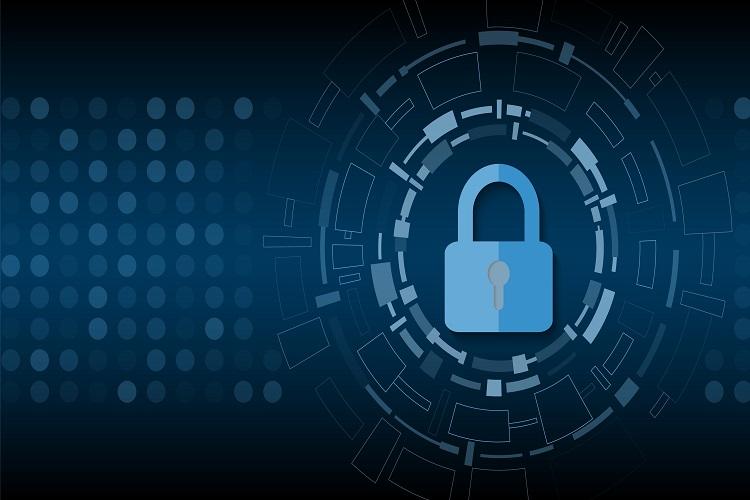
Cybersecurity control failures was listed as the top emerging risk in 1Q21 in a global poll of 165 senior executives across function and geography, according to the latest Gartner’s Emerging Risks Monitor Report.
Despite a myriad of risks resulting from the pandemic, such as the new work environment and environmental, social and governance (ESG) concerns, cybersecurity risk was singled out with notable consistency across all geographic regions and most industries, cited by 67% of respondents. The next highest cited risk, “the new working model” was cited by 43% of respondents (see Table).
“Many organizations were forced to implement quick fixes to serious operational gaps as a result of their initial pandemic responses,” said Matt Shinkman, vice president with the Gartner Risk and Audit Practice. “Nowhere has that been more apparent than in cybersecurity policies that have prioritized on-premises security over secure remote work access. Executives responsible for these areas are realizing that the time to enact more sustainable and robust policies is now.”
Internal risks related to a company’s operational and cultural capacities continued to be most pressing to the executives polled and made up the top five emerging risks selected in 1Q21, despite no reprieve from external risks including navigating an uneven global vaccine rollout, added ESG regulatory requirements and looming potential changes to the corporate tax environment.
Table: Top Five Risks by Overall Risk Score and Nature of Risk
|
Rank |
1Q 2021 |
Internal or External Risk? |
|
1 |
Cybersecurity Control Failures |
Internal |
|
2 |
The New Working Model |
Internal |
|
3 |
Remote Talent Management |
Internal |
|
4 |
Organizational Cultural Degradation |
Internal |
|
5 |
Strategic Corrections |
Internal |
N 165
Source: Gartner (April 2021)
High-Impact, High-Velocity Risk
The roots of executive concerns around cybersecurity control failures come from the hasty implementation of remote work brought on by the pandemic and ensuing lockdowns. IT teams were forced to quickly scale up VPN access to the entire organization. Security teams had to immediately reorient their risk postures from a focus on securing on-premises operations to developing remote work access policies on the fly. While access management issues were a focus of the initial response, consensus among executives polled suggests that more work needs to be done as increased remote work becomes a permanent feature of the new work environment.
Previous Gartner research identified the key trends for security and risk management in 2021, with recommendations including a shift towards identity-first security and moving endpoint protection services to the cloud.
In addition to ranking first on the list of emerging risks this quarter, cybersecurity control failures also ranked third overall in “risk velocity,” an additional metric that Gartner tracks in the Emerging Risks Monitor Report. When assessing risk velocity, Gartner analyzes executive polling data and overlays additional analysis of how fast-moving the risk is and how impactful it would be should it materialize. Failures in cybersecurity control trailed only a protracted vaccine rollout and reputational risks from citizen journalism in the risk velocity analysis.
“Risk velocity can help executives see blind spots of emerging risks that might be moving towards an organization quickly, but aren’t appreciated yet by their peers,” said Shinkman. “However, in the case of cybersecurity risk, it’s good to see that the level of awareness among executives matches the severity of the risk facing their organizations.”

 In
In
Add new comment